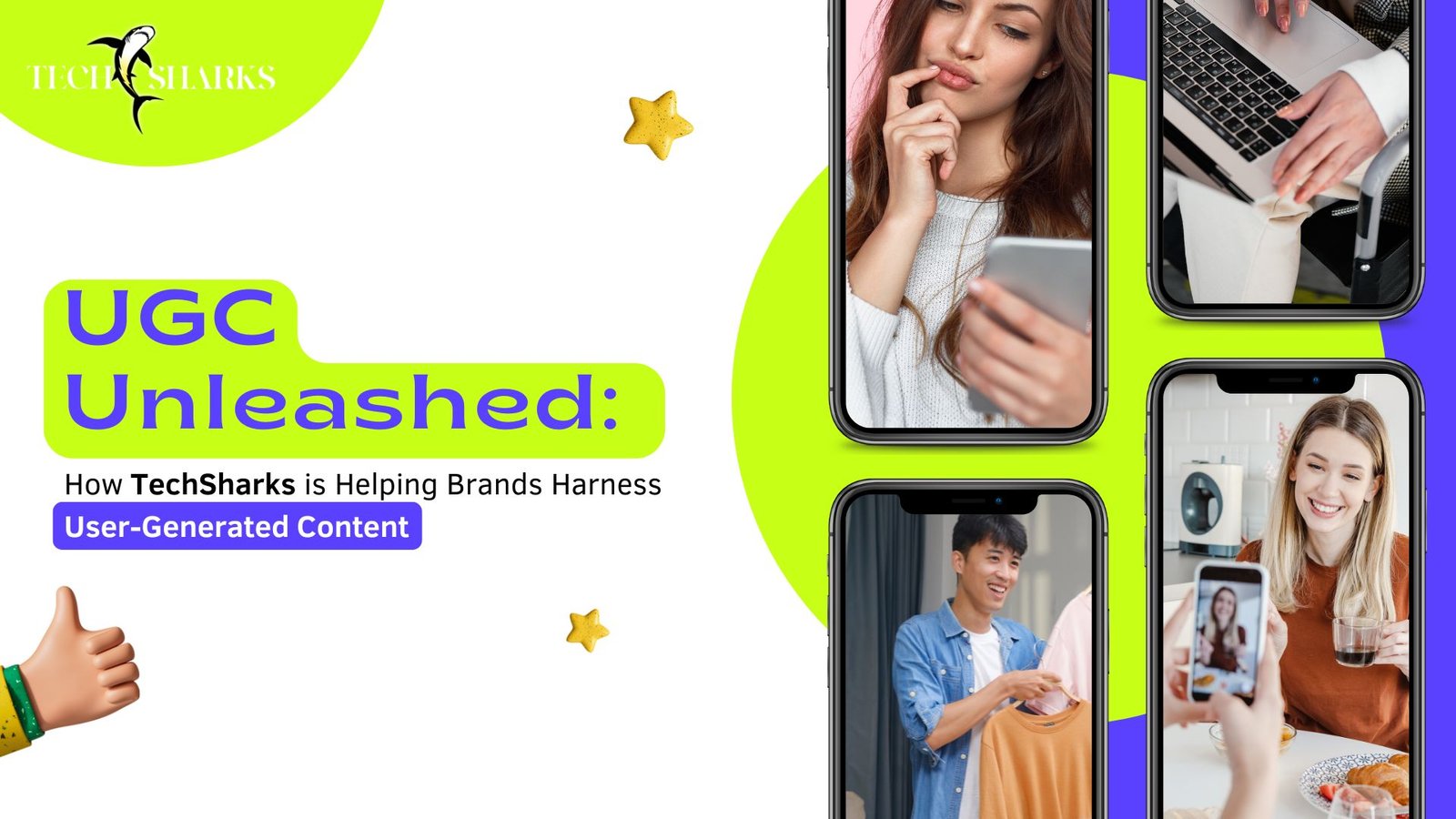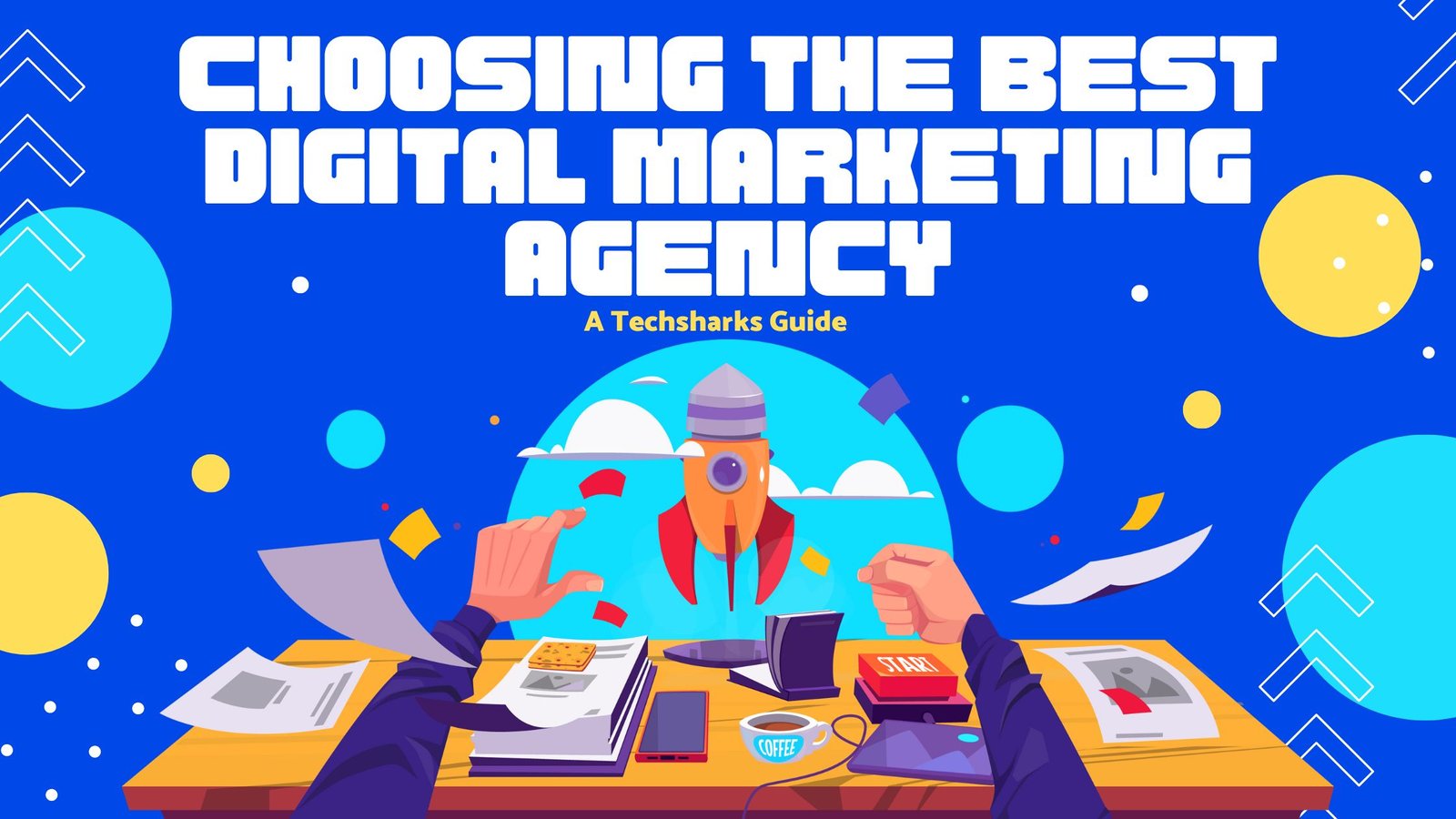In a hyper-connected world, your audience isn’t one-size-fits-all. From different cultural backgrounds and gender identities to varying abilities and age groups—today’s digital audience is richly diverse. If your marketing isn’t reflecting that, you’re not just being exclusive—you’re losing relevance and reach.
Welcome to the era of inclusive digital marketing.
Diversity and inclusion are no longer just buzzwords or corporate checkboxes. They’re essential elements of any successful digital campaign. As consumers increasingly support brands that align with their values, marketers must go beyond tokenism and create content that’s genuinely representative, respectful, and relatable.
In this blog, we’ll explore why inclusion matters more than ever in 2025, how inclusive digital marketing builds better brands, and how you can start embedding it into your strategy today.
The Business Case for Inclusive Marketing
Let’s begin with the bottom line: inclusive brands perform better.
According to studies from Deloitte and McKinsey, brands that prioritize diversity and inclusion in their messaging see higher levels of customer loyalty, increased engagement rates, and even revenue growth. When people feel seen and understood, they respond—and convert.
In contrast, non-inclusive campaigns can backfire, going viral for the wrong reasons. Modern consumers are not just passive observers; they are active participants in holding brands accountable.
What Is Inclusive Digital Marketing?
Inclusive digital marketing is the practice of ensuring that your campaigns represent the full spectrum of your audience’s identities, backgrounds, and experiences.
It’s about:
- Representation: Featuring people of different races, genders, abilities, and body types in your visuals and messaging.
- Accessibility: Designing content that’s usable by all, including people with visual, auditory, or motor impairments.
- Cultural Sensitivity: Avoiding stereotypes, appropriation, or assumptions in language and visuals.
- Language Diversity: Recognizing that your audience might not all speak English, and providing multilingual content where appropriate.
Inclusion isn’t just a checkbox—it’s a mindset that should inform every stage of your campaign, from strategy to execution.
Examples of Inclusive Digital Marketing Done Right
Some of the world’s leading brands have shown how inclusivity leads to impact:
- Nike’s campaigns have featured para-athletes, Muslim women in sportswear, and messages celebrating mental health.
- LinkedIn’s ad creative often includes diverse professionals across age groups, ethnicities, and industries.
- Apple has made accessibility a cornerstone of its product and marketing philosophy, consistently highlighting inclusivity in both features and storytelling.
These brands aren’t perfect—but they show consistent commitment to inclusive digital marketing, which resonates strongly with modern audiences.
How to Make Your Campaigns More Inclusive
You don’t need a global team or big budget to start. Here’s how any business can begin making its digital marketing more inclusive:
1. Audit Your Current Content
Look at your past campaigns. Who’s represented? Who’s missing? An honest content audit is the first step in identifying gaps and biases.
2. Diversify Your Creative Team
Inclusion starts behind the scenes. A diverse team brings varied perspectives that naturally lead to more inclusive outcomes.
3. Use Inclusive Visuals
Choose imagery that reflects real-world diversity—not just stock photo tokenism. Represent different cultures, sizes, ages, and abilities.
4. Mind Your Language
Avoid gendered language unless necessary. Use pronouns thoughtfully. Be culturally sensitive and avoid idioms that may not translate well globally.
5. Design for Accessibility
Use alt text for images, readable font sizes, video captions, and color contrast tools to ensure your content is accessible to all.
6. Welcome Feedback
Invite feedback from underrepresented groups within your audience. Their lived experiences can provide invaluable guidance for future campaigns.
How TechSharks Helps Brands Embed Inclusion
At TechSharks, we believe marketing should reflect the real world. We help brands adopt inclusive digital marketing by:
- Auditing campaigns for bias and underrepresentation
- Designing visuals and content that reflect diverse audiences
- Building accessible digital assets, from websites to social posts
- Running training sessions for internal teams on inclusive communication
Whether you’re launching your first campaign or rebranding, TechSharks ensures your message is heard—and felt—by everyone.
Final Thoughts
Inclusion isn’t a trend—it’s a responsibility.
As we move deeper into 2025, inclusive digital marketing is not only about doing what’s right—it’s about doing what works. Brands that embrace diversity in their content connect deeper, earn greater trust, and future-proof their reputation in an ever-evolving digital landscape.
So the next time you launch a campaign, ask yourself: who are we including? And more importantly—who are we leaving out?
Want to make your digital marketing more inclusive, accessible, and impactful? TechSharks is ready to guide you through the journey.




